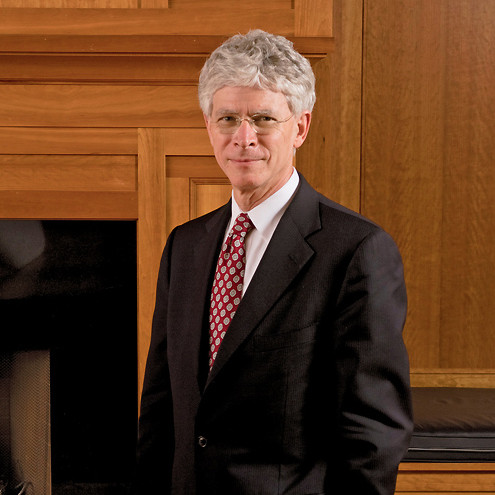The Transformative Power of Science
Open gallery

I have always been intrigued by kaleidoscopes. I remember being fascinated by the ever-changing symmetrical patterns I saw through that magical eyepiece. Later on, when I figured out how the configuration of mirrors created those patterns, I was no less impressed by the ingenuity of mind that could conceive such a wonderful contraption and then construct it out of tin, cardboard, a bit of plastic, and a few pieces of colorful glass. If anything, my admiration for the kaleidoscope was enhanced by understanding how it worked.
There is a simple lesson here. The beauty and mystery of the kaleidoscope–and by extension, of the whole physical world around us–is not diminished by our understanding of how it works. On the contrary, our appreciation of the universe can only be enhanced by our investigation of its infinite complexity.
In June, I read with interest an op-ed in the New York Times titled “Put a Little Science in Your Life,” by Brian Greene, a theoretical physicist at Columbia University and author of The Elegant Universe and The Fabric of the Cosmos. Greene writes about the enthralling places science is able to take us, if only we step beyond our apprehension that science is too difficult for most of us to understand. His essential point: Science is so embedded in everything we do that the more we know about it, the more connected we feel to the world and our lives.
Science is far more than a repository of rapidly accumulating technical data, writes Greene. “Science is a way of life. Science is a perspective … a transformation, for those lucky enough to experience it, that is empowering and emotional.”
Reading Greene’s essay, I felt he was describing how we teach, pursue, and experience science at Lewis & Clark. Here, we actively conduct research that takes us from a general state of wonder to more solid platforms of knowing. Here, our students discover collaborative learning that is “empowering and emotional”–and therefore life-changing. From here, our alumni take science as “a way of life” into the wider world, advancing knowledge and working for the common good.
At Lewis & Clark, our core strength is that we pursue science and all learning across multiple disciplines at one and the same time. And we bring special focus to those points where several disciplines and modes of inquiry intersect.
Such intersections yield rapidly emerging fields such as neuroscience, systems biology, nanotechnology, and bioinformatics. Rich in intrigue and potential, they have traditionally been the province of large research universities. At Lewis & Clark, we’re changing that mindset. The very qualities that drive exploration and discovery in science are signatures of the liberal arts: dynamic interaction between faculty and students, interdisciplinary inquiry, intellectual flexibility, and risk-taking.
Others are taking notice. This spring, the Howard Hughes Medical Institute, a recognized leader in science education funding, awarded Lewis & Clark a $1.3-million grant to enhance the college’s interdisciplinary approach to the sciences and increase the number of students pursuing careers in scientific fields. This unprecedented award builds on a foundation of expertise and excellence established by generations of our faculty, students, and alumni.
The Hughes Institute grant is an important endorsement of Lewis & Clark’s science program. So also are our graduates, who go out into the world better equipped to understand how science makes a meaningful impact in their lives–whether they decide to pursue a career in nanotechnology, to volunteer in the campaign against environmental degradation, or simply to explain to their children how a kaleidoscope works.
Thomas J. Hochstettler
President
More L&C Magazine Stories
Lewis & Clark Magazine is located in McAfee on the Undergraduate Campus.
MSC: 19
email magazine@lclark.edu
voice 503-768-7970
fax 503-768-7969
The L&C Magazine staff welcomes letters and emails from readers about topics covered in the magazine. Correspondence must include your name and location and may be edited.
Lewis & Clark Magazine
Lewis & Clark
615 S. Palatine Hill Road MSC 19
Portland OR 97219

